When Was the First New Year’s Eve Ball Drop in Times Square? The Answer May Surprise You!
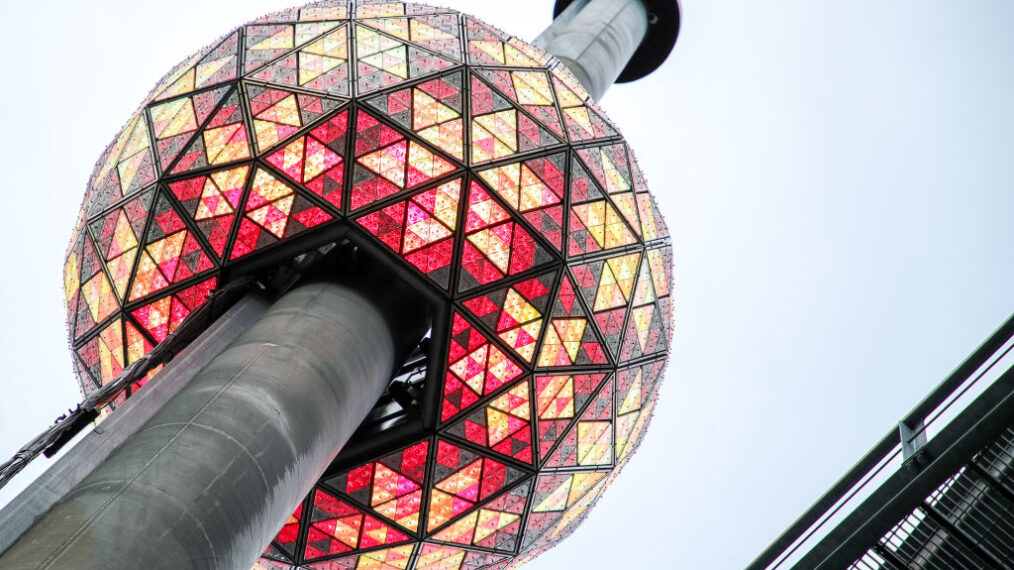
It has been said that over a million people gather in New York City to watch the iconic Crystal Ball Drop in Times Square and over a billion watch on television worldwide each year. It is one of the traditions we have to signify the end of one year and the start of another. The New Year’s Eve Ball made its debut in 1907 to welcome the year 1908 and it looked very different than it does today. The first Ball was made of iron and wood and featured one hundred 25-watt light bulbs.
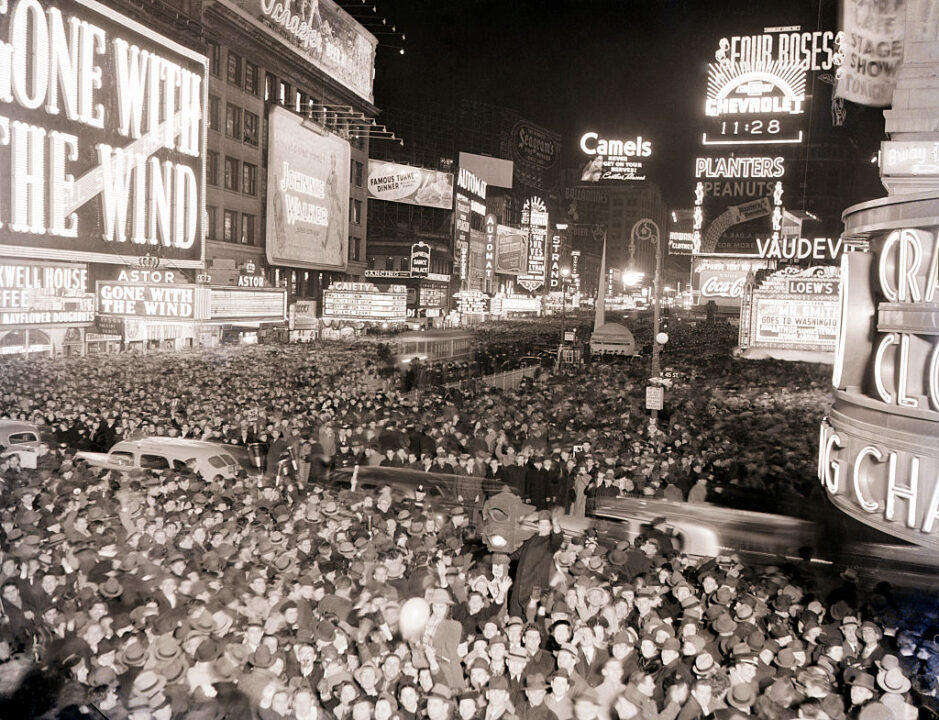
Getty Images
The idea can be credited to The New York Times’ owner during that time, Adolph Ochs. He saw the success of a fireworks celebration and wanted to do something even bigger for New Year’s Eve. He hired sign designer Artkraft Strauss to construct the Ball and be in charge of raising and lowering it. It took a team of six men to raise and lower the Ball, which weighed around 700 pounds!
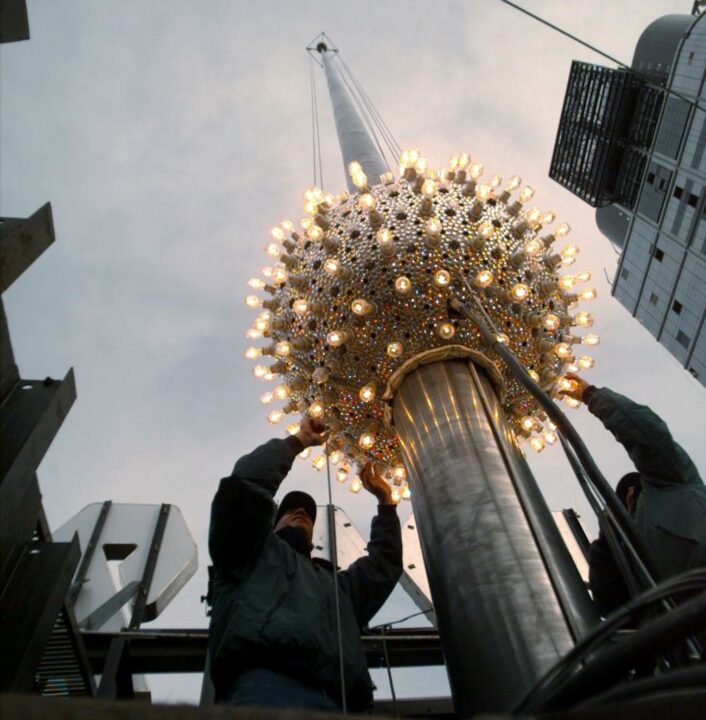
Susan Watts/NY Daily News Archive via Getty Images
The Ball has been dropped every year since 1907 with two exceptions. In 1942 and 1943, New York City stopped the Ball drop due to the wartime “dimout” of the city. Despite the Ball not dropping those two years, people still gathered to celebrate in Times Square. The Ball got a makeover in 1920, 1955, 1981, 1995, 2000, and 2007. It went from iron to aluminum to featuring computer controls for the lights. During these changes, the Ball got significantly lighter, weighing around 150 pounds in 1955.
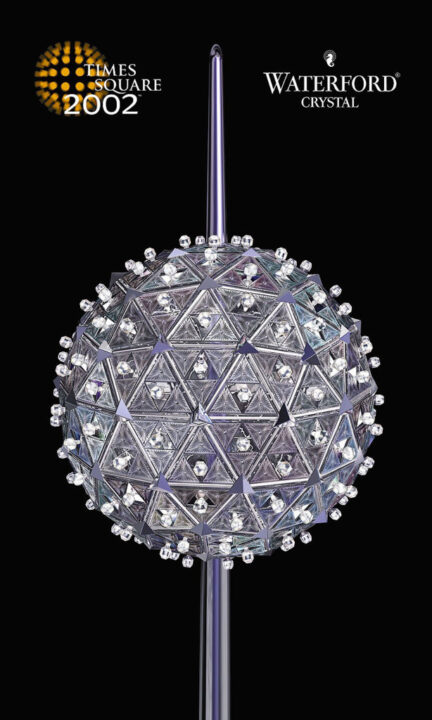
Waterford Crystal/Getty Images
In 2007, the Ball celebrated its 100th anniversary and the lights were replaced by modern LED lighting technology that made it possible to feature the Ball in new colors and with dazzling effects. As technology evolved and they no longer had to raise and lower it with pure strength, the Ball now weighs 11,875 pounds and is 12 feet in diameter. It has 2,688 crystal triangles and 32,256 illuminated LEDS.
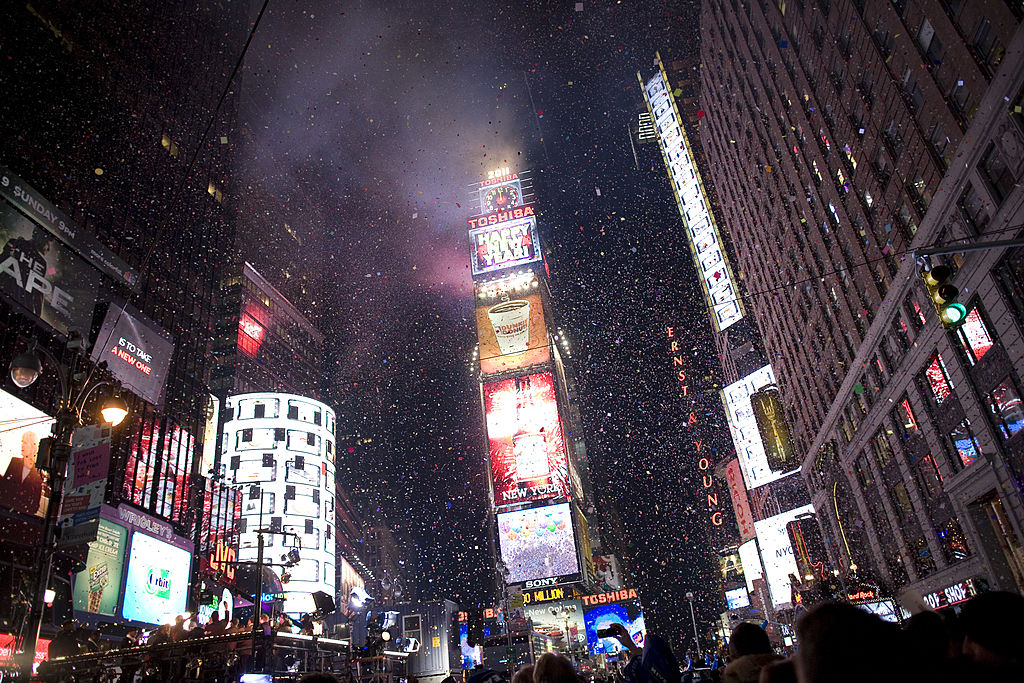
Brian Harkin/Getty Images
Where did the idea of a New Year’s Eve Ball come from anyway? The first one was created in Greenwich at the top of England’s Royal Observatory in 1883. Back then, it wasn’t just for New Year’s Eve, but for captains of nearby ships. It would drop at 1 p.m. every afternoon so the ships would be able to set their chronometers. After that, it is reported that over 150 public time-balls were installed all over the world but only a few are left, including the New Year’s Eve Ball. Have you ever seen the Ball drop in person? Share your story with us!

Farewell 2023
December 2023
A look back at the stars we loved and lost in 2023.
Buy This Issue